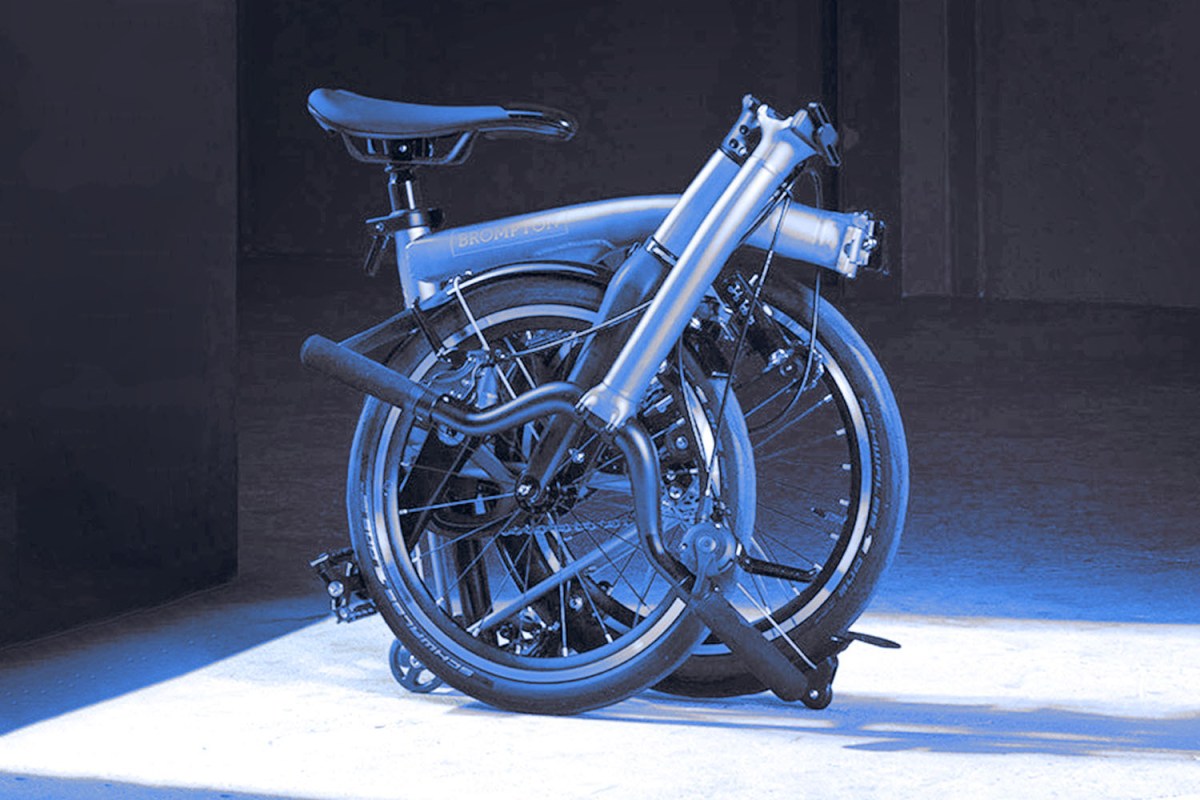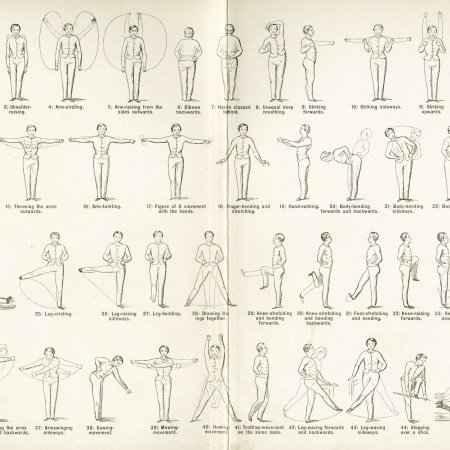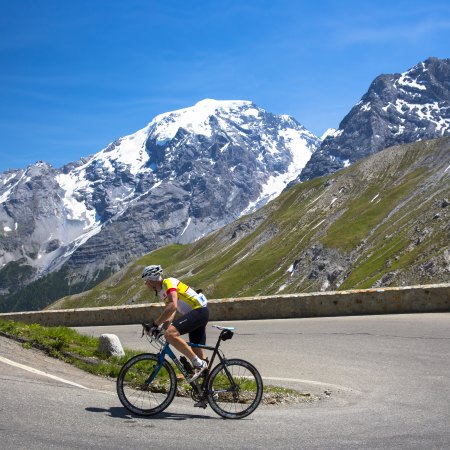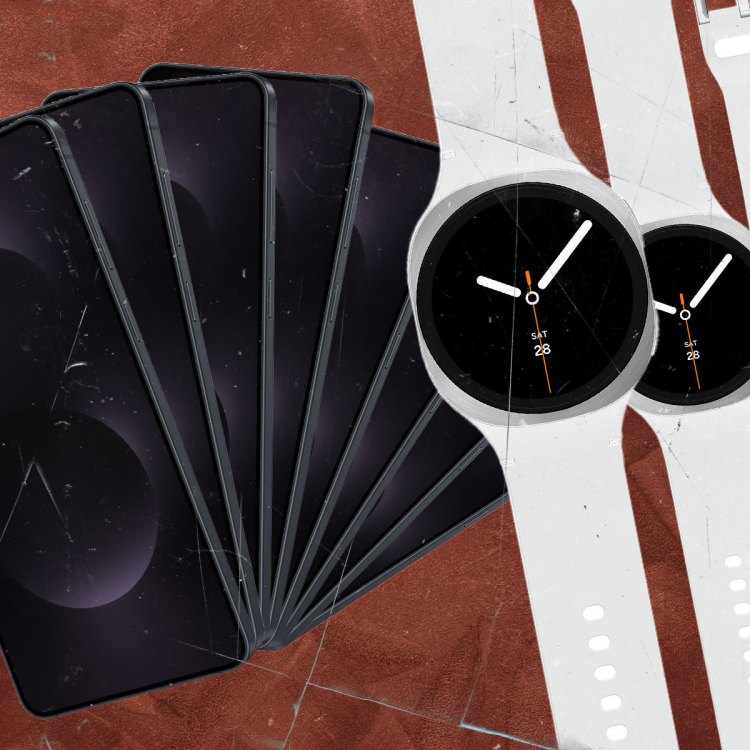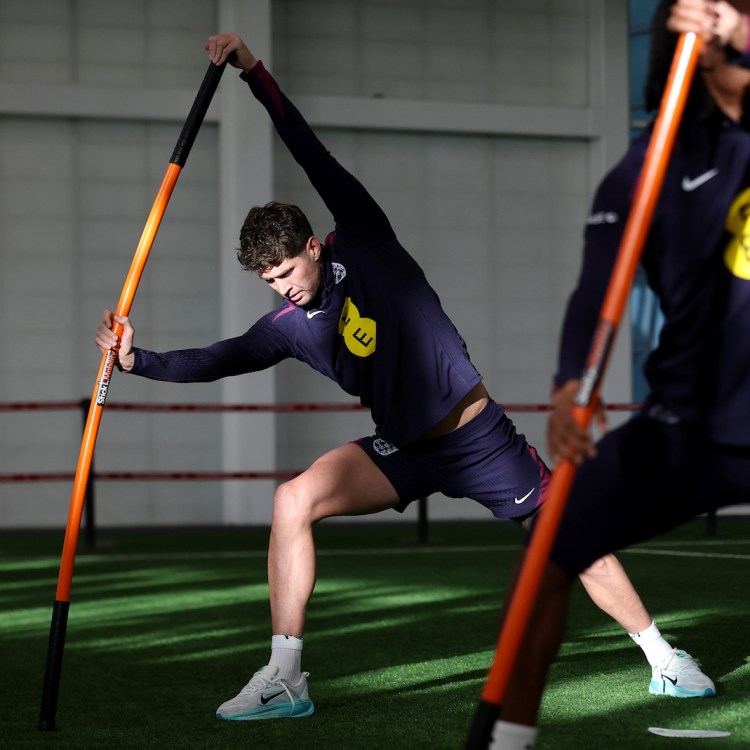One of my lower moments last year: a leisurely Citi Bike ride across the Williamsburg Bridge that ended up costing $130.
I didn’t dock the bike properly and one of my eight million neighbors pounced, bringing it around town, for free, for over three hours. It was one of those grey electric ones, too. Once the bike was properly moored (or out of battery, who knows) I received the following message: “Thanks for riding with Citi Bike!” I could’ve Ubered to The Catskills instead.
My fault, obviously, and not a typical experience on New York’s ride-share fleet. But tales of unfortunate cycling events aren’t so rare in NYC in general; between snipped bike locks, unprotected lanes and double-parked delivery vans, the city’s last mile infrastructure still leaves a lot to be desired on a daily basis.
This is why I’m buzzing to have had such a positive experience biking around my neighborhood the last month, moody weather notwithstanding. That’s thanks to a guinea pig period with a T Line Urban, a lightweight folding bike from Brompton, the heritage British manufacturer based in West London.
“Collapsible bikes” have a longer history than you might think, originally finding favor with the French military way back in the 1890s. They became popular with infantries all throughout Europe, in fact — here’s a photo of Italian marksmen with folding bikes strapped to their backs in 1917. And from the 1970s onward, the United Kingdom grew especially infatuated with the concept, with companies like Raleigh, Bickerton and Brompton perfecting their own folding variants.
The United States has had its dalliances with folding bikes before (a BusinessWeek article from 17 years ago, titled “A Commuter’s Secret Weapon,” wrote about the executives, airline pilots, boat owners and soccer moms who were obsessed with them). Analyses of Google Trends data and market snapshots, meanwhile, would suggest simmering interest.
But it’s hard to say that “folders” ever attained ubiquity in the States, unlike in Britain or China (where the world’s largest folding bike company, Dahon, dominates), nations with literal millions of folding bikes on the roads.
It’s a shame, considering folding bikes could be an untapped ally in figuring out urban America’s final mile problem. What else is on the table? Electric skateboards, kick-scooters, mopeds? All interesting options. But they’re alternatively clunky, or heavy, or requiring a degree of skill, or…plunderable.
After I started riding the lightweight folding bike around town, I did have a case of the Baader-Meinhof effect, but it was mild, as even in Brooklyn, folders have a ways to go. Here’s why it’s worth paying well past my shitty Citi Bike receipt in order to get your hands on one.
What we tested
Brompton’s T Line Urban weighs in at just 17.5 pounds. Carrying it up to a fifth-floor walk-up, I found it no more onerous than a gym bag. The weight distribution is fantastic, whether the thing is folded up or not (which is an extremely simple process). The T Line won a prestigious Design & Innovation Award, earning the following monikers: “a small titan,” “the Rolls-Royce of folding bikes” and “a classic reinterpreted.”
Indeed — in this case, that reinterpretation involved swapping out the steel frame for titanium and crafting the handlebars, cranks, and fork from carbon. It’s the lightest bike Brompton has made in its near-50-year history…which makes it the lightest folding bike in history.
How we used it
Unlike the T Line One, a single-speed drivetrain, the Urban has four different speeds. During one particularly redemptive afternoon, I rode the thing up the Williamsburg Bridge and back, testing the gears all the while (and exorcising my Citi demons along the way). Each speed responded with aplomb.
I’ve taken the bike on a variety of side quests, most aimless (around the park), and some important (apartment tours). It’s been on the subway a couple of times, and in the back of a Lyft once. I want to bring it on the ferry soon and ride it around Midtown, now that spring appears to be arriving. As someone who isn’t historically the most punctual in the friend group, having a folding bike in New York City feels like a low-stakes superpower.
It's Time to Take Buying an Electric Scooter Seriously
America has a scooter-sharing problem. The rather obvious solution is more affordable than you think.Is a folding bike a real bike?
My largest question mark, heading into my trial with this bike, was whether it would look and/or ride like a “real bike.” In the way that ride-share bikes can feel noticeably thick and cumbrous, I imagined a lightweight folding bike (even a top-of-the-line model) as a sort of dressed-up clown bicycle. Too light, too skinny, too low to the ground. I wasn’t looking forward to judgey intersection eyes.
Whenever a Brompton catches ganders, though, it’s because the thing’s sleek as all hell. And riding it is a pleasure — at the very least, akin to riding a normal bike. The lightweight carbon is coated in steel armor, to make sure it doesn’t take too much of a beating if you’re commuting with it on the daily. (Brompton’s artisans braze the steel, by the way, instead of welding, as they build these bikes from scratch. One reason they’re so expensive.)
And there hasn’t been a time yet that I’ve felt uncomfortable on this bike, even whipping turns with pace. There may not be much to the frame (or the tires, for that matter), but what’s there works really well, and the brakes are on point, too.
“Unfolding happiness”
What else? As Brompton reviewers like to point out, many collapsible bikes require extensive “faffing.” Not so with a Brompton. It’s trolley to two-wheeler, or vice versa, in 30 seconds or so. Plus: the resale value on these things is crazy high, a surefire sign they don’t fall apart with age. And if you have any misgivings about their rideability on more advanced routes, know that there is a tradition of racing folding bikes in the UK.
Ultimately, though, for all the carbon craftsmanship and easier commutes, Brompton nailed the point of owning one of these right in its branded statement: “unfolding happiness.” If you want one of these, you’ll appreciate it most in the end because it’s a goddamn delight to ride around on. There’s no event to get it out of the garage or wonder where you’ll park it, or where you’ll stow it if you have a couple of pints. You get to have it nearby, all the time, which means you get to ride it all the time.
According to Brompton’s LinkedIn page, the company has had some success lately with sales in places like Barcelona, Tokyo, and Milan. Fantastic. But here’s hoping high-quality folders — and more folders in general — start making the leap to the States. We need more bikes on the road. Especially the little guys.
The Charge will help you move better, think clearer and stay in the game longer. Subscribe to our wellness newsletter today.
